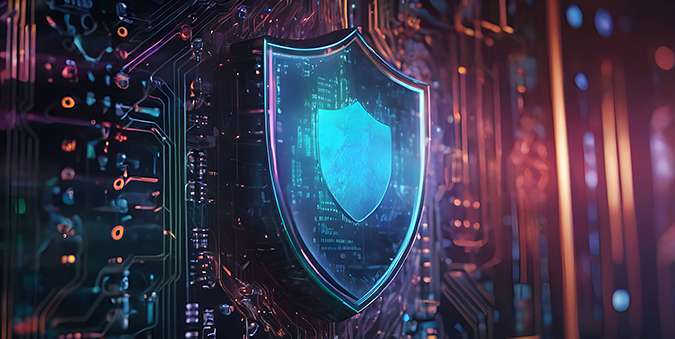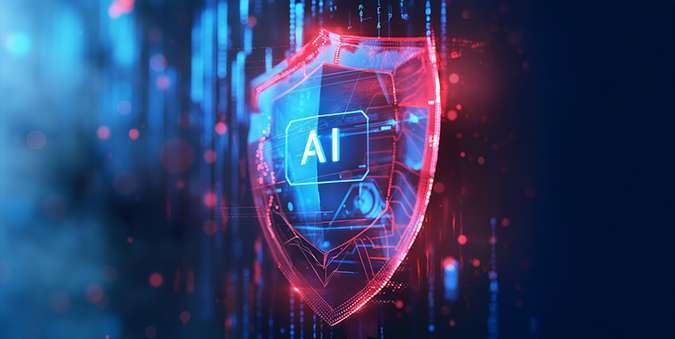If you’re in the education field, you may have already caught wind of the latest funding opportunity: The Federal Communications Commission (FCC) has introduced the Schools and Libraries Cybersecurity Pilot Program, an initiative designed to bolster the cybersecurity defenses of U.S. educational institutions and libraries.
It’s valuable funding that your organization could put to very good use to protect students, administrators, parents and other stakeholders. But there’s a lot of information to digest. Here’s our high-level breakdown of the 7 things you need to know now.
1. What is the FCC Cybersecurity Program?
As mentioned, the Schools and Libraries Cybersecurity Pilot Program is a new initiative by the FCC that aims to help K-12 schools and libraries enhance their cybersecurity infrastructure. When all is said and done, the program will deliver up to $200 million over the course of three years. It is funded by the Universal Service Fund but operates separately from the well-known E-Rate program. The program also aims to be a barometer to decide whether permanent funding should be established to support cybersecurity needs.
C1 has been anxiously waiting for the opportunity to elevate security among our trusted K-12 and library customers. The FCC Cybersecurity Program enables these institutions to implement security protection beyond the firewall and allows C1 to thoughtfully advise leaders on how to fund these initiatives and optimize their cybersecurity budgets.
2. Who is eligible?
Eligibility for the program extends to K-12 schools, libraries, and consortia of these entities that meet the E-Rate program’s eligibility requirements. This includes public and private schools, as well as urban and rural institutions. Importantly, an applicant does not need to be a current or former participant in the E-Rate program to apply.
3. What can the funds be used for?
The program funds can be used to purchase a wide array of cybersecurity services and equipment, including:
- Advanced/next-generation firewalls to protect against sophisticated cyber threats.
- Endpoint protection to secure individual devices such as laptops and tablets.
- Identity protection and authentication to safeguard network identities.
- Monitoring, detection and response tools to detect and respond to cybersecurity incidents.
- Training for the use of the above eligible equipment and services (assuming it occurs at or near the time of installation/launch)
4. When is this happening?
Exact dates are not yet available on the FCC website, but the program application period will begin this fall and continue through the winter. The FCC expects all funds to be committed within the first year of the program. We advise that you sign up for updates through the Universal Service Administrative Company (USAC) to be the first to hear about key application deadlines and program dates.
5. How do I apply?
The application process is divided into two parts, with the first starting in the fall.
- Part one — Applicants provide general information about their institutions and a broad description of their cybersecurity needs and goals, including but not limited to:
- Experience to date with cybersecurity issues
- Current or expected use of federal funds
- A description of their cybersecurity objectives, including the services and equipment they would purchase, with associated costs
- Part two — If selected during part one, participants will move on to part two, in which they will provide more detailed information:
- How their organization is currently handling cybersecurity risks
- Their history of cyber threats and attacks
- Ongoing cybersecurity challenges that they face
6. What are the requirements for using the funds?
To secure funding, applicants must conduct a competitive bidding process to select service providers. This ensures transparency and the selection of the most cost-effective solutions. Funds for the program will be provided in a reimbursement format, meaning that selected participants (those who receive a Funding Commitment Decision Letter) will submit reimbursement requests after they have procured and implemented the services and equipment outlined in their application.
Participants must also submit periodic reports to monitor the effectiveness of the program and ensure compliance. These include initial, annual and final reports detailing cybersecurity activities and outcomes.
7. How to get help with your application
The FCC and the USAC will provide training and support to help applicants navigate the application process; to get alerts about these opportunities, sign up for updates through USAC. Additionally, C1 is here to help schools and other eligible organizations navigate the services and equipment side of the application process. Our experts can help you determine which solutions are compliant and ideal for inclusion, complete with pricing information as required in the application process.
The FCC Schools and Libraries Cybersecurity Pilot Program represents a significant opportunity for schools and libraries to enhance their cybersecurity measures, protect critical data, and ensure a safer online environment for students and patrons. But applications and implementation can be difficult to navigate alone. Get in touch with a C1 cybersecurity expert today for a free consultation.




